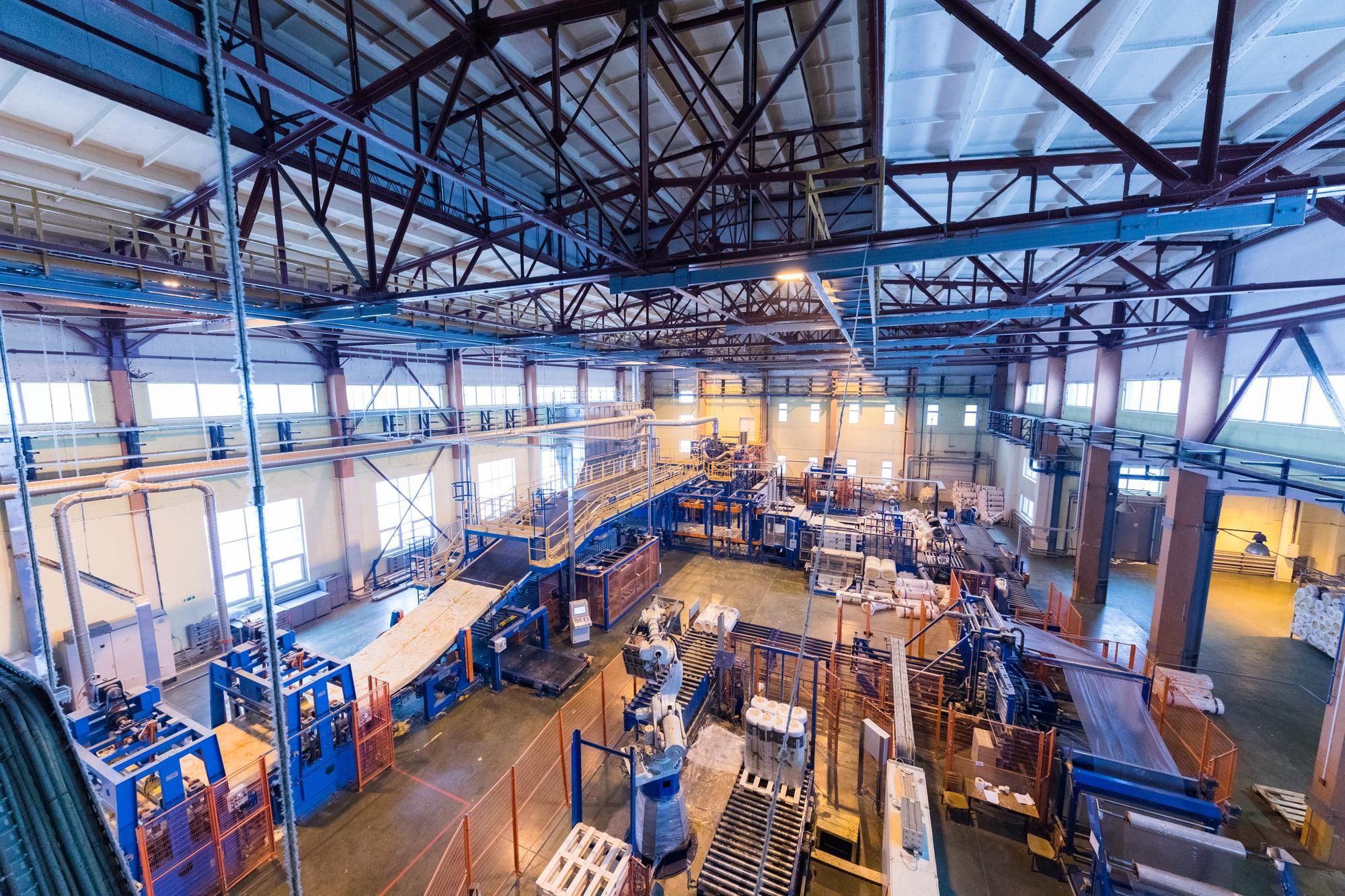July 25, 2023
6 min read
Digitization Revolutionizing Mold Management in the Industrial Sector - by Emanuele Quarin from Electrolux

Molding industry, a vital player in Italy's manufacturing landscape, is experiencing a digital transformation driven by the Internet of Things (IoT) and new technologies. Emanuele Quarin's analysis highlights how Electrolux is at the forefront of this change with the implementation of Matix, the first IoT device designed for monitoring industrial molds.
PROTAGONISTS OF MADE IN ITALY In today's dynamic and innovative world, digitizing factory processes has become a top priority for staying competitive and evolving. The industrial molds sector, as a crucial component of Made in Italy, is no exception. Embracing IoT and new technologies in this industry brings significant benefits across the entire supply chain. Notably, it leads to enhanced process monitoring and management while fostering transparency, communication, and visibility among stakeholders, including OEMs, printers, molders, and suppliers.
Made in Italy takes great pride in its industrial molds industry, which has seen a strategic upswing in recent years. According to Amaplast data, in 2021, the sector achieved an impressive turnover of €4,025,000, with more than 72% generated through exports. Over 400 companies and 13,000 employees actively contribute to various sectors along the supply chain, catering to packaging, automotive, construction, agriculture, medical, and electronics industries.
NEW POSSIBILITIES WITH DIGITIZATION Currently, mold management and lifecycle tracking primarily rely on analog methods, using mechanical counters for cycle counts and feedback from suppliers. However, the advent of IoT opens up new possibilities for digitizing mold lifecycle management, offering abundant data that can be leveraged to monitor different supply chain phases effectively.
Leading Original Equipment Manufacturers (OEMs) are keen on harnessing Industry 4.0 and Industrial IoT potential to enable remote management of mold lifecycles and performance. The ultimate goal is to provide real-time data access to OEMs, partners, molders, and suppliers, enabling collaborative troubleshooting to address asset inefficiencies and maintain productivity.

SIMPLIFYING DATA COLLECTION Simplifying data collection is a crucial aspect of achieving this objective. Companies are gradually adopting digitization, starting from digital cycle counters and introducing sensors in water and temperature lines for plastic injection processes. With enhanced visibility and communication within the supply chain, risks can be analyzed effectively, leading to well-informed strategic and tactical decisions. A digitized and qualified mold, armed with reliable data, accelerates analysis, improves decision-making, and optimizes time and resources.
CONCRETE COMPETITIVE ADVANTAGES In this transformation process, molders play a crucial role by integrating sensors into mold designs from the outset. The data collected not only benefits OEMs but also empowers molders to create high-performing tools, gaining a competitive edge in the market. Embracing digitalization becomes paramount for all players in the mold industry, from small suppliers to large OEMs, as they witness firsthand the immense potential and advantages of IoT.
By adopting digital transformation, the mold industry can continue to thrive, securing a leading position in an ever-evolving, fast-paced, and innovative market. The collaboration of technology and traditional craftsmanship paves the way for progress and success in the digital era.
Article Source: 'The Next Factory'
(Original Article Title: "The Digitization Is Changing the Management of Molds")

You might also like
MAXIMIZE OEE
Your Tools, Our Technology
Take control of your industrial tools' performance. Our demo will show you how to leverage real-time data, predictive analytics, and comprehensive asset management to minimize downtime and maximize productivity.


“New eyes on your molds production to lead performance towards operational excellence.”

Emanuele Quarin, Digital industrial operations director
.png)

.png)
